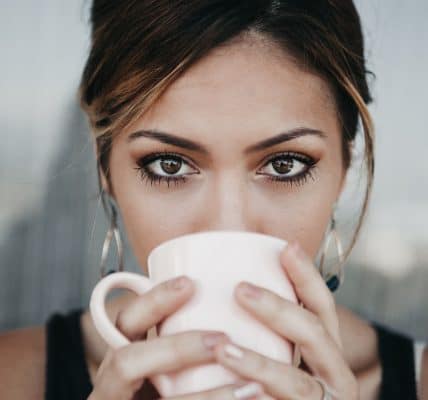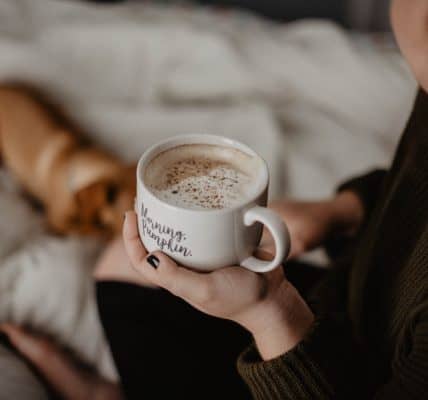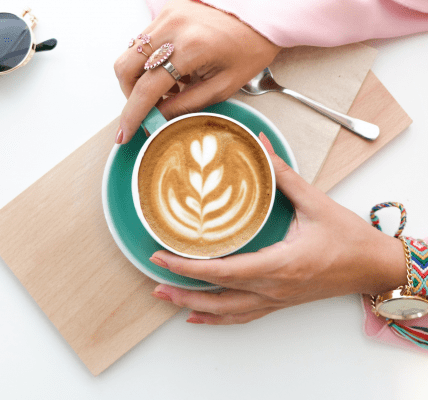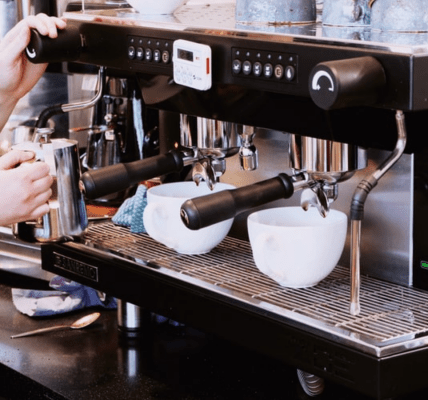Coffee is a symbol of pleasing moments, time for oneself and for sharing with people we love. The smell, the taste, black, white, with sugar, spices and even raw is like a gate to heaven for most of the humanity. In every part of the world we find its own way to prepare and savour this dark and flavoury beverage: to each his own, they say. And the same happens with the coffee making styles around the planet. In South Asia, they love their coffee iced, sweet, and mixed with fruits or spices. In The Philippines, people have a real sweet tooth lovers’ recipe that would make us try it at home immediately: first, we pour a mixture of French vanilla syrup and caramel sauce steamed in a cup or mug, then we add two measures of espresso topped with whipped cream, sugar and caramel. Lovely! We would truly enjoy the perfect snack time or desert, wouldn’t we? However in Europe, especially in Italy, they cannot live without their Mocca pots and espresso coffee makers at home, or the large worldwide known stailess steel espresso machines for restaurants, bars and pubs. For Italians, coffee making and drinking is nearly a holy ritual.
Focusing on the preparation of this tasty drink we love and cheer, there is a real common way in the UK, Australia, New Zealand and the US of brewing it in filter coffee machines. If we go to a nice cafeteria in one of these mentioned countries, the baristas would know very well how to make it properly and really make us enjoy our coffee time. However, most people when doing it at home, they miss the main points that make the difference between a perfect black coffee and a bittery or too acidic brew. Nowadays it’s easy to learn about a proper use of the filter coffee makers through the thousands of videos and articles on the internet, thus it is paramount we get to know the different types of cafetieres in the market, as well as the brew needed for each machine, so we can enjoy better what our parents and grandparents coulnd’t, thanks to the time we are fortunate to live in.
So, which one is the best drip coffee maker? How can we prepare our adored drink as if it was a god’s ambrosia? And finally, where can we find the best filter coffee making skilled barista and place in the world? These are very tricky questions, because everybody loves his own style, his own cafetiere and it is quite impossible to say who is the best coffee maker and the best place on earth to buy our precious readymade hot beverage. But, we will try to make a good guidance and tips in this really interesting field.
The best filter coffee machine is the pour-over filter brewer. Why? Because the old ways are usually the best option for all food and drinks’ matters in life. As I mentioned before, our grandmas and grandpas (we must not forget that they had a lack of resources in many circumstances of their lives) they usually had a natural knowledge in nutrition, flavours and good food. We realize progress is a great thing for humanity, therefore we now have the duty to blend past and future in memory of our ancients. People at present can luckily enjoy an old-fashioned coffee since there are high-quality pour-over brewers in the market for a very good deal (Melitta, Bodum and Philips are really good choices). We know many of you will think the best filter coffee machines are the French press models, but we also will agree with you, because when we have less time, these are our best friends and we also can achieve a lasting full-bodied smooth tasty flavour.
We think that the right methodology for a perfect drip coffee making is very simple, but it must be followed step by step. If we use a French press machine, the steps are very simple:
- We must heat up with boiling water the cafetiere.
- Grind your coffee beans in coarse mode on your grinder. The coffee must always be ground, never use instant coffee. The measure can vary, but it is advisable to use a table spoon of ground coffee for a quarter of a litre, or 60 grams per litre.
- Get some water to a near boiling temperature, always between 90ºC to 95ºC.
- Now it is important to pour out the hot water from the machine.
- Scoop in the cafetiere the ground coffee and refill it with hot water. Now stir gently the coffee leaving it bloom for about half a minute.
- Add hot water, and finally place the lid without pressing it down, the coffee will brew for a few minutes, not more than four.
- You can serve it form a recipient decanted.
The timing is essential, overbrewing the coffee might give it a bittery taste, and underbrewing will give the coffee a watery, weak and flavourless taste.
At last, we are brave enough to mention a lovely city in the world we can taste a memorable filter coffee: New York. The Big Apple is well-known for its trendy style in gastronomy, fashion and arts. A combination of all three leads to an extraordinary coffee making style they have accomplished through the years. There is the Joe Pro place, the Black Fox, and we strongly recommend you to watch Mike Jones’ videos on YouTube, and visit Third Rail Coffee.
Of course, there are many more nice cafeterias and coffee shops around the world that match the New York style in the UK, Australia and New Zealand, and we will love to talk about them some other time, but we would like to give you a last tip in the art of filter coffee making: what coffee beans are the best for these drip cafetieres? It really doesn’t matter as long as it is a 100% fresh arabica and blends perfectly with our taste: Colombia, Java, Ethiopia, Sri Lanka, Indonesia, etc. All are perfect for our pour-overs and French press machines. Coffee lovers will enjoy coffee in all its possible ways.



